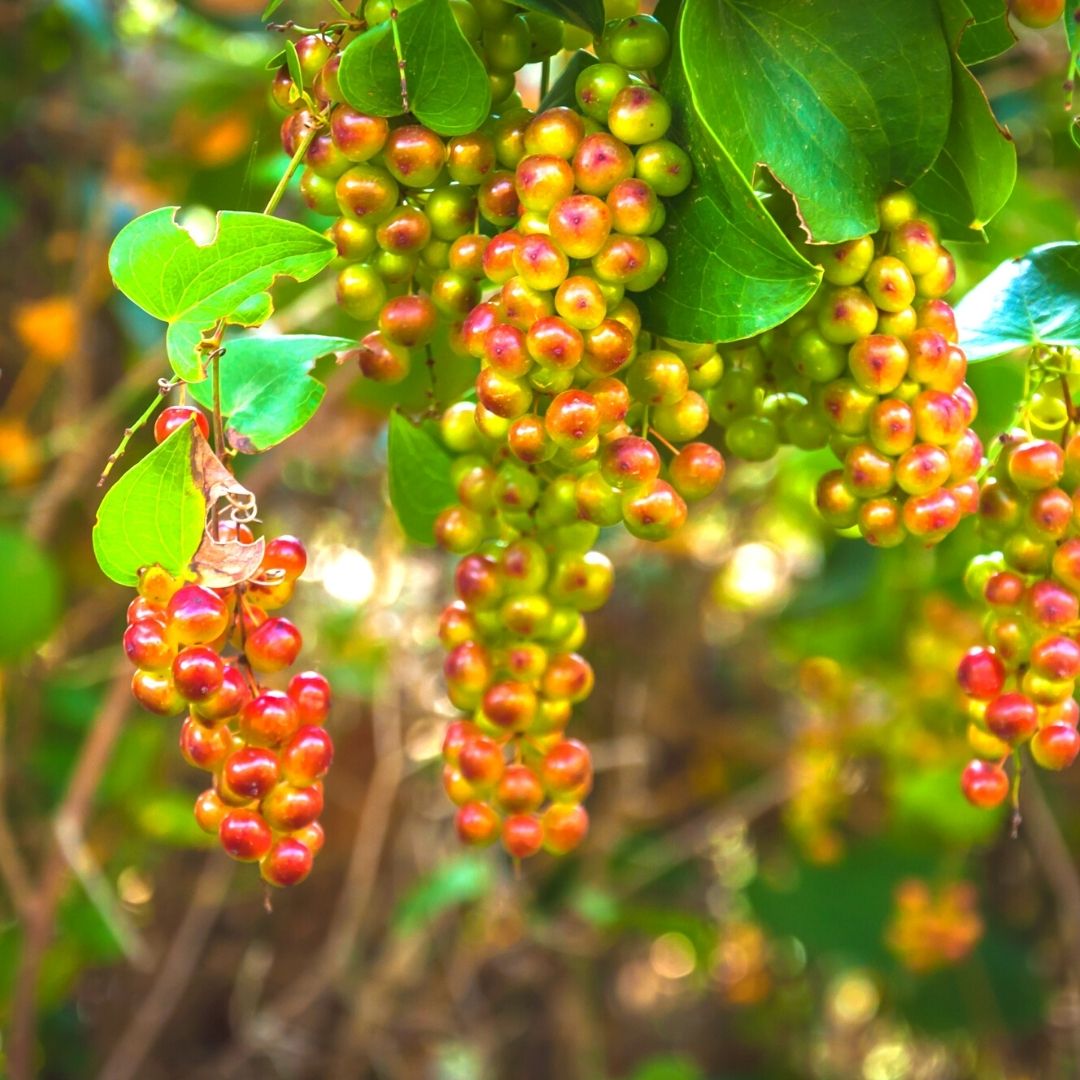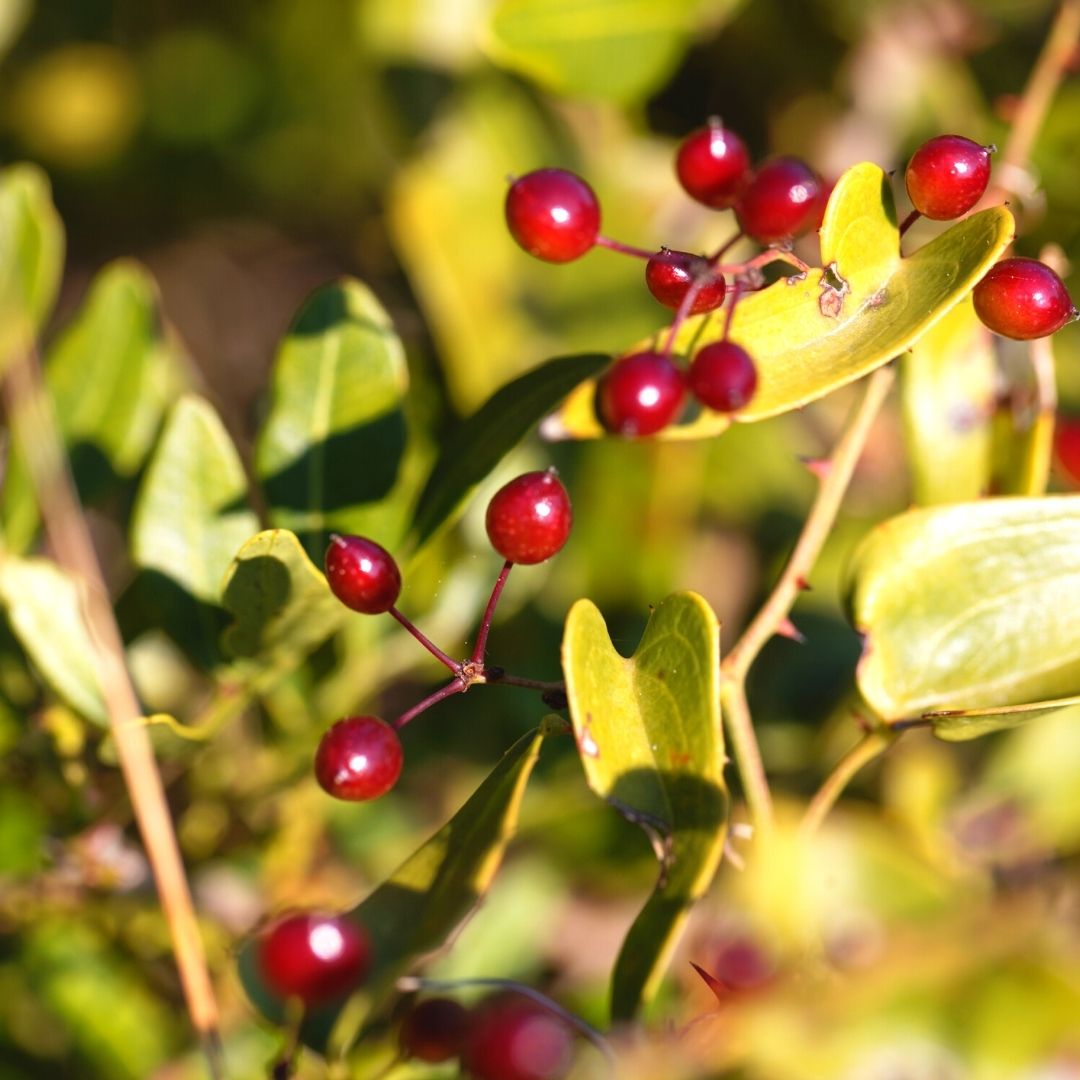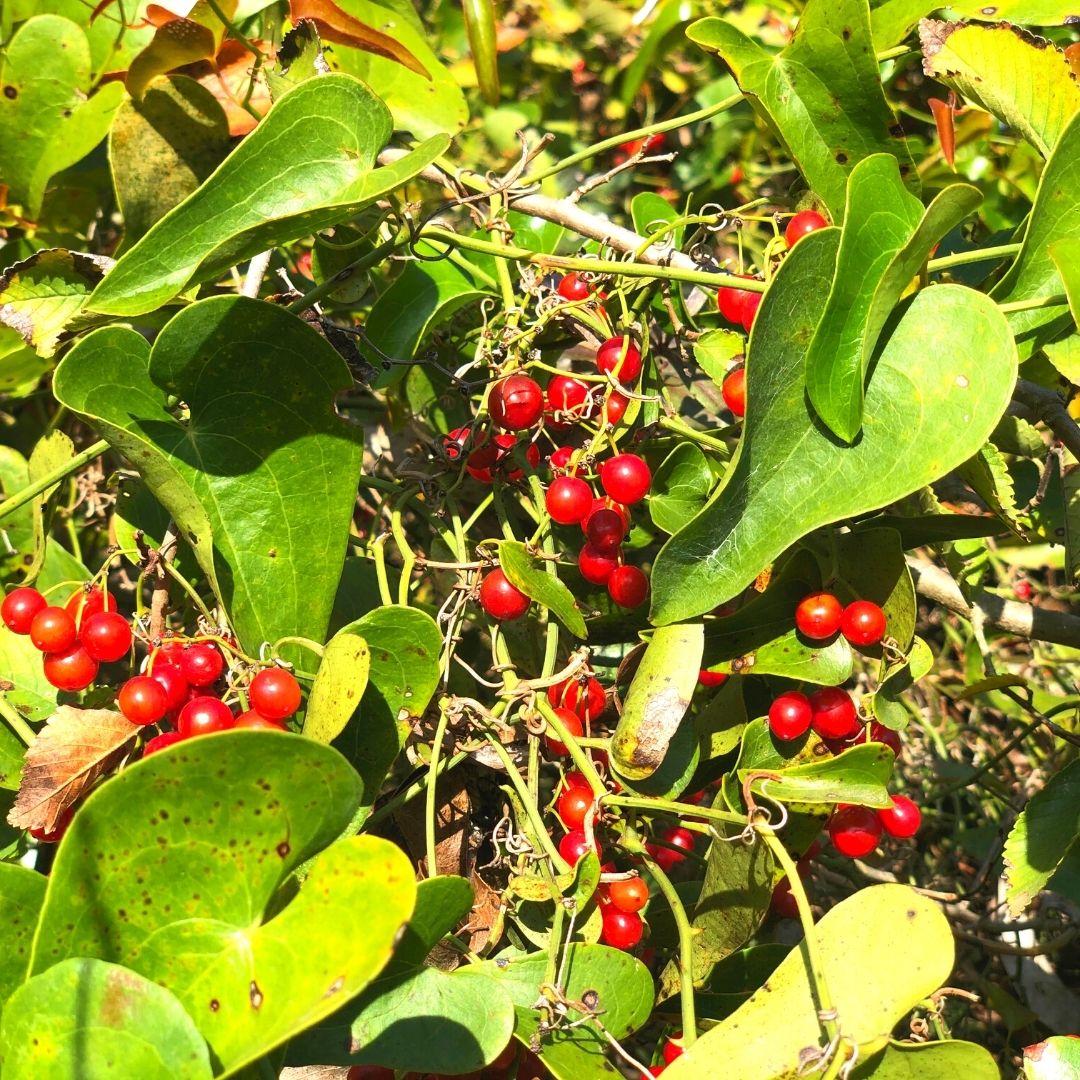Foraging Gozo. Sea Beet.
Sea Beet is found growing wild on Gozo and is a great alternative to chard.
Author of, Weeds For Health On Gozo, Heléna Szöllősy shares everything you need to know about the wild plants that make up Gozo’s unique and diverse flora. Enjoy learning about the healing benefits and many usages of Sarsaparilla which flowers on Gozo between September to November..


Botanical Name: Smilax aspera Synonyms: Smilax sarsaparilla, Smilax mauritanica, Smilax nigra Family Name: Smilacaceae Maltese Name: Zalza pajżana Common Names: Catbriar, Cat greenbriar, Common smilax, Sarsaparilla, Mediterranean smilax, Rough bindweed Meaning of the Name: Smilax, Greek name for ’poison’, aspera from the Latin word for ’rough’, possibly referring to the toughness of its branches, or to the presence of many small prickles that make the plant cling to clothes and other plants, giving it a rough sensation. sarsaparilla or zarzaparilla comes from the Spanish word zarza(bramble or bush), parra (vine), and illa (small)—a small, brambled vine.
Sarsaparilla is a perennial, evergreen climber with a flexible and delicate stem, with sharp thorns. The climbing stem is 100–400 cm long. The leaves are 8–10 cm long, petiolate, alternate, tough, leathery and heart-shaped, with toothed and spiny margins. Also, the midrib of the underside of the leaves has spines. The flowers, are very fragrant, small, yellowish, or greenish, and gathered in axillary racemes.
The flowering period in Mediterranean regions extends from September to November. The fruits are globose berries, gathered in clusters, which ripen in Autumn. They are initially red, and later turn black. They have a diameter of 8–10 millimetres and contain one to three tiny and round seeds. Insipid is unpalatable to humans and are a source of nourishment for many species of birds.

The effects, uses, and mode of administration resemble those of the ordinary sarsaparilla brought from America. The root has all the medicinal virtues of the widely used tropical herb sarsaparilla, though to a lesser degree.

Want to learn what else you can forage on Gozo? Click here.
Author : Heléna Szöllősy. Editor: GITH

Helena is an expert on the medicinal properties of plants having trained in Herbal Medicine and Naturopathy, specialising in Phytotherapy including Homeopathy, Aromatherapy, Apitherapy and Bach Flower Therapy.
Information on the traditional uses and properties of herbs are provided in this book for educational purposes only and is not intended as medical advice. This information is not intended to be used to diagnose, prescribe or replace professional medical care. If you have any serious health concerns, you should always check with your health care practitioner before self-administering herbs. Please also undertake your own research when foraging. Some wild plants are endangered and are protected by law.
Sea Beet is found growing wild on Gozo and is a great alternative to chard.
Did you know Wild Asparagus Is really good for your skin? You can find it on Gozo all year round.
Wild Artichokes Are found growing wild on Gozo and super healthy for the liver.
Small White Clover, found growing wild on Gozo and known to be lucky makes a great pudding!